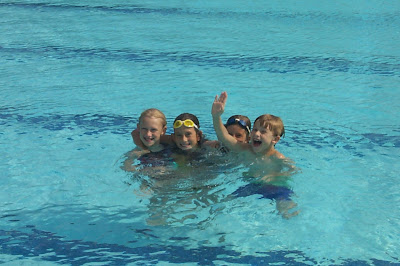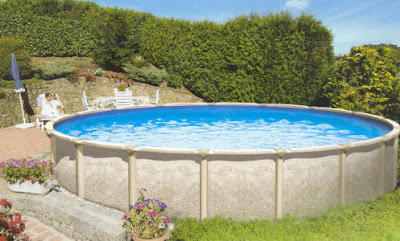Swimming is one of the most-loved sports both by kids and adults. Teaching kids how to swim at a very young age is an advantage because they will not have a hard time learning how to swim when they reach old age. However, this doesn’t mean that adults can no longer learn how to swim.
Sometimes the fear of submerging to the water hinders kids and even adults from learning the right ways of swimming. Apart from that there are also some factors that affects the learning of the swimming beginners. Thus, it is necessary to take in mind the helpful tips for beginners so they can overcome their fear and learn the proper ways of swimming.
1. Make yourself comfortable in the water
A lot of people are afraid of the pool water and this fear should be overcome first. Start it by standing in the shallow end of the pool while holding the pool wall. Try to squat leading your chin close to the water and practice breathing and relaxing. Once you feel relaxed, try to go deeper under the water while holding your breath longer. If you can open your eyes, open it so you can see the underwater surroundings. Remember to just relax so you can hold your breath a little longer.
2. Try to exhale through your mouth
One thing you should know is that you have to exhale not in your nose but through your mouth. Exhaling through the nose can cause water to enter your nose which is not a good thing in swimming. Take a right amount of oxygen, close your mouth and make sure not to breathe in your nose. Squat and submerge under the water and slowly try to exhale through your mouth creating bubbles. This is necessary to keep yourself relaxed underwater and not be uptight while holding your breath.
3. Make yourself float in the water
After you learned how to submerge properly under the water, the next thing you need to do is to learn how to float in the water. Squat under the water, hold your breath and let yourself float. Remember that no matter what you do, you will still float in the water whether you like it or not. So, this step will be very easy for everyone.
Once you felt like floating, lay on the water facing down and stretch your legs and arms with your palms down. Relax and hold your breath properly and exhale through your mouth just like what you did on the second step. Your body should be laying horizontally in the water. Once you are ready to stand up, move your arms above your head and down to your hips keeping your arms straight. Now, you can stand properly after floating in the water.
Mastering these steps is necessary so it will be easy for your to learn the next steps especially the basic swimming strokes. Always remember that relaxation, concentration and focus are important skills you should posses to be a good swimmer in the future.




















